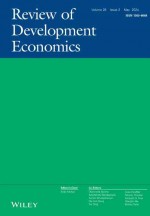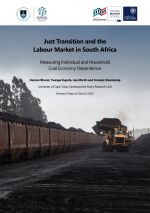Parties to the United Nations Framework Convention on Climate Change (UNFCCC) have requested guidance on common greenhouse gas metrics in accounting for Nationally determined contributions (NDCs) to emission reductions. Metric choice can affect the relative emphasis placed on reductions of ‘cumulative climate pollutants’ such as carbon dioxide versus ‘short-lived climate pollutants’ (SLCPs), including methane and black carbon.
Here the authors show that the widely used 100-year global warming potential (GWP100) effectively measures the relative impact of both cumulative pollutants and SLCPs on realized warming 20–40 years after the time of emission. If the overall goal of climate policy is to limit peak warming, GWP100 therefore overstates the importance of current SLCP emissions unless stringent and immediate reductions of all climate pollutants result in temperatures nearing their peak soon after mid-century, which may be necessary to limit warming to “well below 2 °C”.
The GWP100 can be used to approximately equate a one-off pulse emission of a cumulative pollutant and an indefinitely sustained change in the rate of emission of an SLCP. The climate implications of traditional CO2-equivalent targets are ambiguous unless contributions from cumulative pollutants and SLCPs are specified separately.




